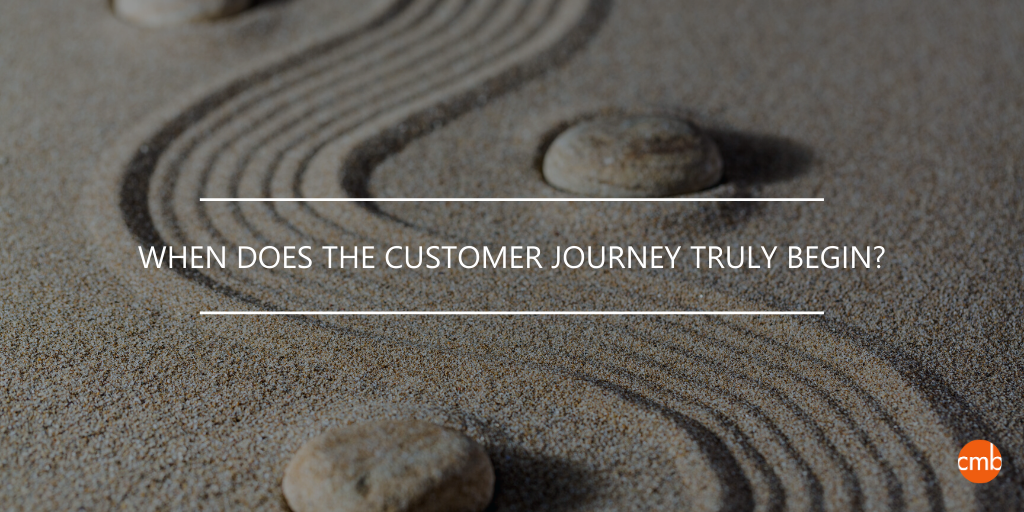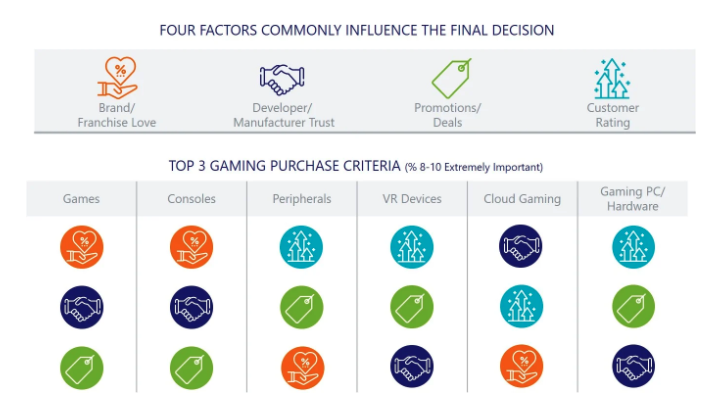It's about a 3 min. read.

When I go hiking, when does my “hike” really start? Is it when my shoes hit the dirt path? When I pull out of my driveway? When do I park at the trailhead? Or…if we go really “deep” maybe it was when I was six, learning to play baseball, and ultimately built an affinity for exercise.
It can be similarly hard to understand when a buyer’s path to purchase truly begins. In a research-heavy category, like TVs for instance, it’s obvious that you need to measure, dig into, and understand the experiences along a consumer’s journey (the Trigger, Discovery, Evaluation, and Purchase phases).
What about a category like fashion? In some categories… there are a LOT of ideas taking shape prior to that “foot hitting the dirt path.” In fashion, people absorb what’s on/off trend (colors, styles, shapes) well before they start looking for a new pair of pants. At CMB, this approach is one of the subtle differences between thinking about this as a path to purchase versus a consumer journey. The journey being broader and including pre-category engagement and later stage customer experiences.

At CMB, we think of this early stage as “Osmosis” (the process of gradual or unconscious assimilation of ideas, knowledge, etc.). In the context of the consumer journey, it’s the part of a person’s journey, that includes the way they engage with a category prior to a conscious need emerging.
Recently, CMB self-funded an online study on the consumer journey exploring the gaming industry. There’s no silver bullet in measuring the idea of Osmosis, however, it’s very easy to miss, ignore or skip during the design phase of consumer journey work. For this reason, we were extra careful about embedding measurement indicators about the consumer’s background and experience in the category. This study lent itself nicely, given the breadth of gaming categories covered. A few categories that intuitively would rely heavily on Osmosis in the decision process, and few that would rely heavily on the Discovery and Evaluation process.
Below is an example of drivers of the final decision, comparing six gaming categories. You see Peripherals, AR/VR, PC/Hardware relying on traditional Evaluation criteria: reviews, promotions, etc. However, categories like Games and Consoles, are putting a lot of weight on pieces that have been gathered prior to actively being in the market: trust, and love for instance.

Prior to starting the path to purchase or consumer journey work, thinking through internal hypotheses and the notion of Osmosis is critical. Without it, insights risk over-emphasizing parts of the consumer journey and missing other parts altogether. Here are two tips to consider:
In short: be conscious of what happens BEFORE you THINK “the Path” begins.
Don’t forget to immerse yourself in our latest gaming research: A Gamer’s Journey | The Virtual Reality Edition. And stayed tuned for more of our findings–VR and beyond.
Explore A Gamer’s Journey